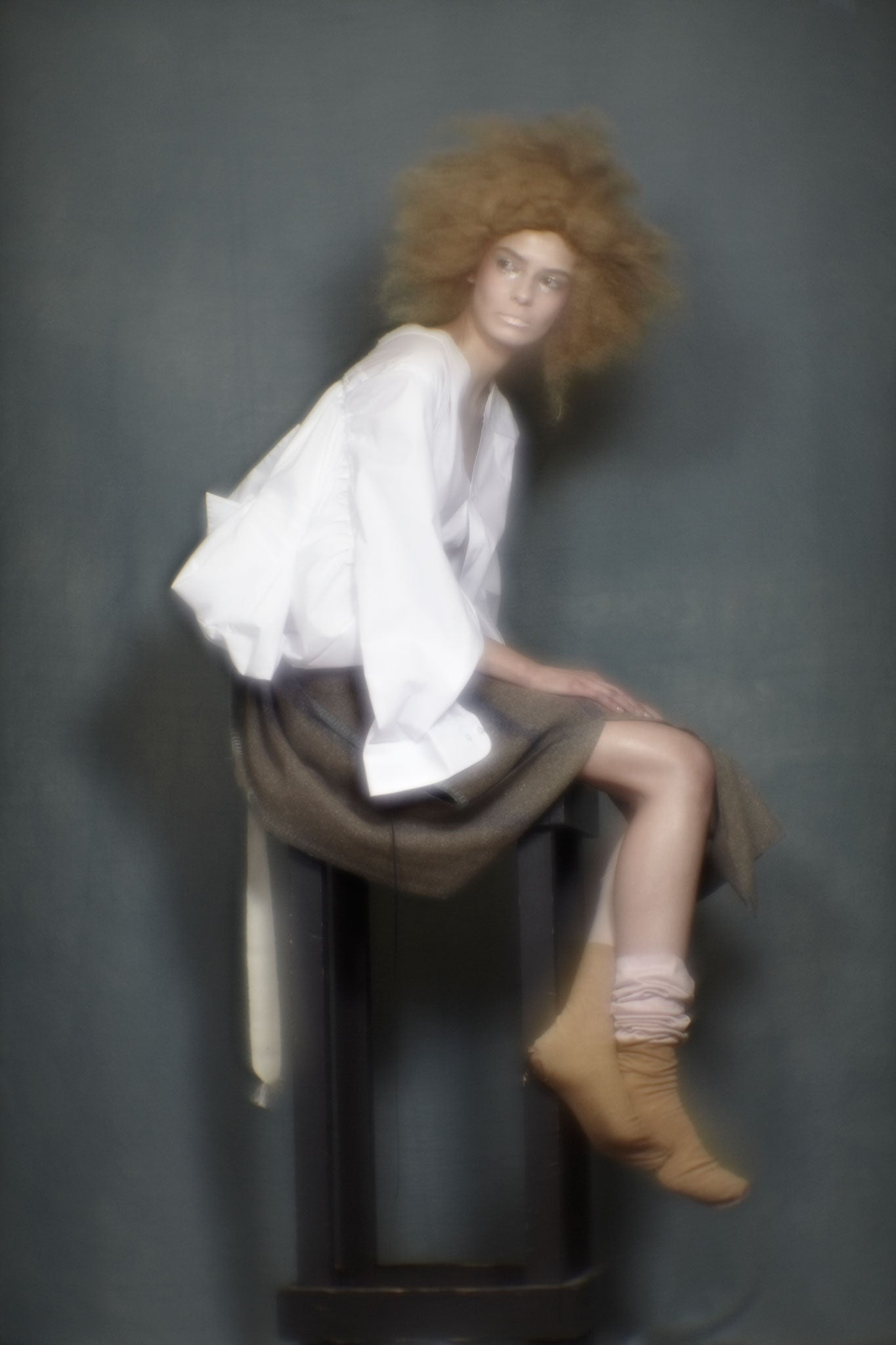Forget bland, cookie-cutter uniformity - designers are injecting the handmade back into high fashion this spring
Patchworked into Prada, scrappily hodgepodged at Jonathan Anderson's debut for Loewe; ripped to shreds by Comme des Garçons ... spring/summer 2015 marked a return to the sense of the hand; the perfection of the imperfection

Your support helps us to tell the story
From reproductive rights to climate change to Big Tech, The Independent is on the ground when the story is developing. Whether it's investigating the financials of Elon Musk's pro-Trump PAC or producing our latest documentary, 'The A Word', which shines a light on the American women fighting for reproductive rights, we know how important it is to parse out the facts from the messaging.
At such a critical moment in US history, we need reporters on the ground. Your donation allows us to keep sending journalists to speak to both sides of the story.
The Independent is trusted by Americans across the entire political spectrum. And unlike many other quality news outlets, we choose not to lock Americans out of our reporting and analysis with paywalls. We believe quality journalism should be available to everyone, paid for by those who can afford it.
Your support makes all the difference.The past winter was difficult for we journalists because, alas, it offered very little by way of seasonal differentiation. Everyday clothes dominated: so much so that the pithy, pointless phrase 'Normcore' was lazily co-opted from the Powerpoint presentation it should have stayed on, and spun out of all proportion. But fashion is always a reaction against that which has preceded it. So guess what? For spring/summer 2015, your head was spun with a cornucopia of trends: gingham, lilac, the Seventies. Again.
One idea, however, stood out, above the rest – if for no other reason, initially, than mere ubiquity: patchworked into Prada, scrappily hodgepodged at Jonathan Anderson's debut for Loewe; ripped to shreds by the Japanese triumvirate of Yohji Yamamoto, Junya Watanabe and Rei Kawakubo of Comme des Garçons.
The onus was on construction, on reconstruction, on the worth of showing your working method, like a school mathematics exam. We've seen those kinds of tricks before but the idea stood out from the morass of the rest for its consistency and designers' insistence. It if wasn't entirely new, then it certainly seemed freshly emphasised and articulated. It ended up feeling new.
After seasons of slickness and minimalism, s/s 2015 marked a return to the sense of the hand; the perfection of the imperfection. There have been moves towards that before. In 1982, Rei Kawakubo presented a Comme des Garçons collection called 'Lace'. It was composed of ragged sweaters knitted roughly with random holes. Kawakubo had loosened screws in her knitting machines, to knit her garments imperfectly. Her idea? To inject the accident of the human hand into the synthetic polish of a man-made product.
Perhaps that was Miuccia Prada's intention too, in stitching together all that brocade, allowing fat seams to unravel wildly, then turning the whole thing inside-out, to flaunt their homemade scruffiness. Those Prada brocades have a DIY feeling. Not that anyone could make them, but that it's obvious that someone did. Contrast them with Prada's pre-Fall offering, her synthetic universe of flat-packed, brush-clean nylon. The feel is entirely different. The former have humanity.
Lending that sense of the human is canny. Ask anyone what luxury is, and most of them will say "time", which is exactly what all that handiwork entails. "It's how you build a luxury house," says the designer Mary Katrantzou, when asked about the craft that went into her painstaking embroideries and laces.
The ultimate expression of that is haute couture, handmade by law, where work is totted up not in hours but weeks. The embroidered train on Chanel's spring wedding dress took 15 women a month to sew; while every pleat, every sequin, every tiny flower encrusting Raf Simons' Christian Dior collection (and, by God, there were millions) was sewn by hand. In the forthcoming documentary, Dior and I, director Frédéric Tcheng interviews workers in the house's atelier. Many have been there for decades. The room vibrates with their dedication to their craft. "We still work for Monsieur Dior," states one.
Today, that's true luxury – the luxury of time, the luxury of human contact. The luxury of someone caring.
Join our commenting forum
Join thought-provoking conversations, follow other Independent readers and see their replies
Comments